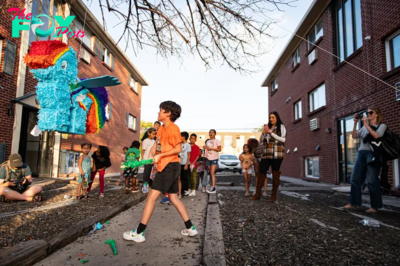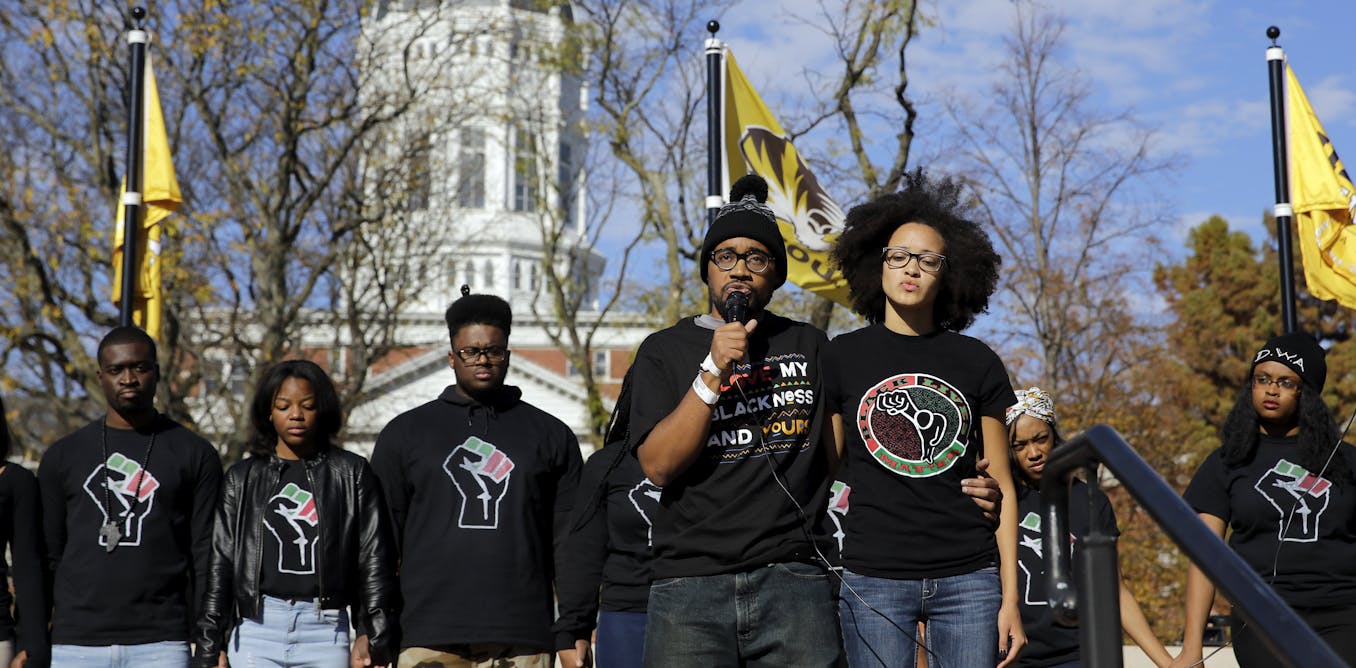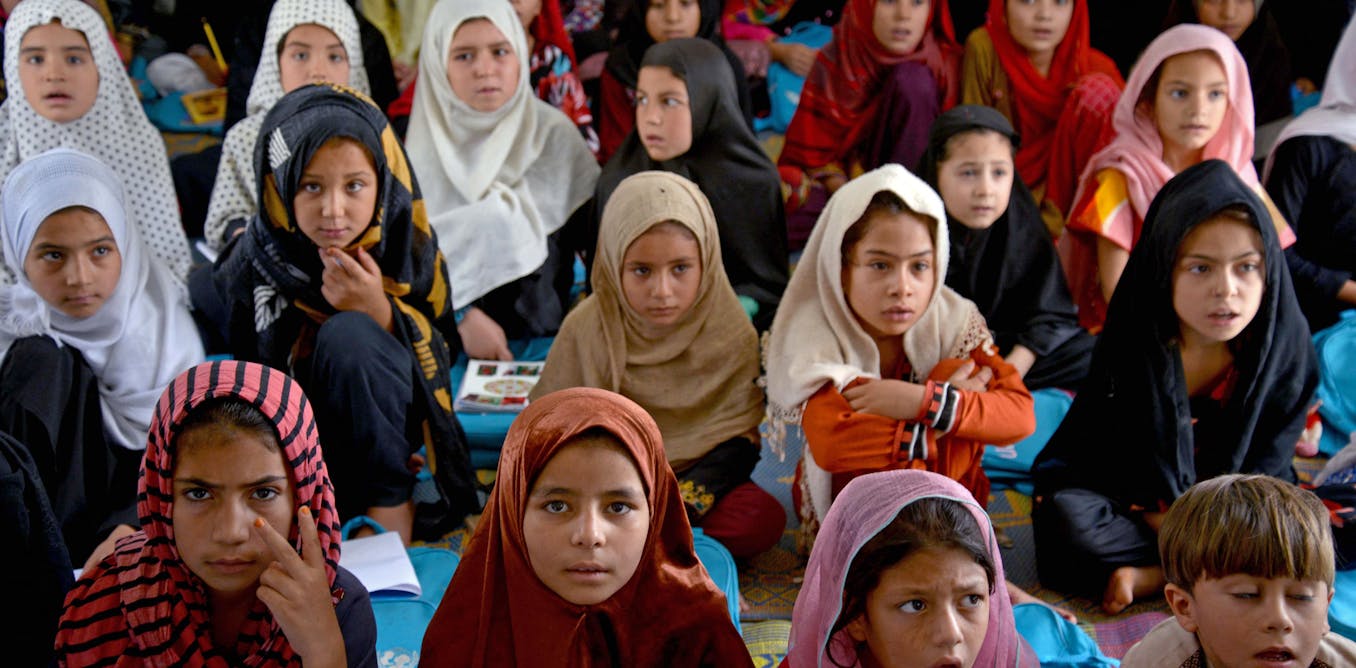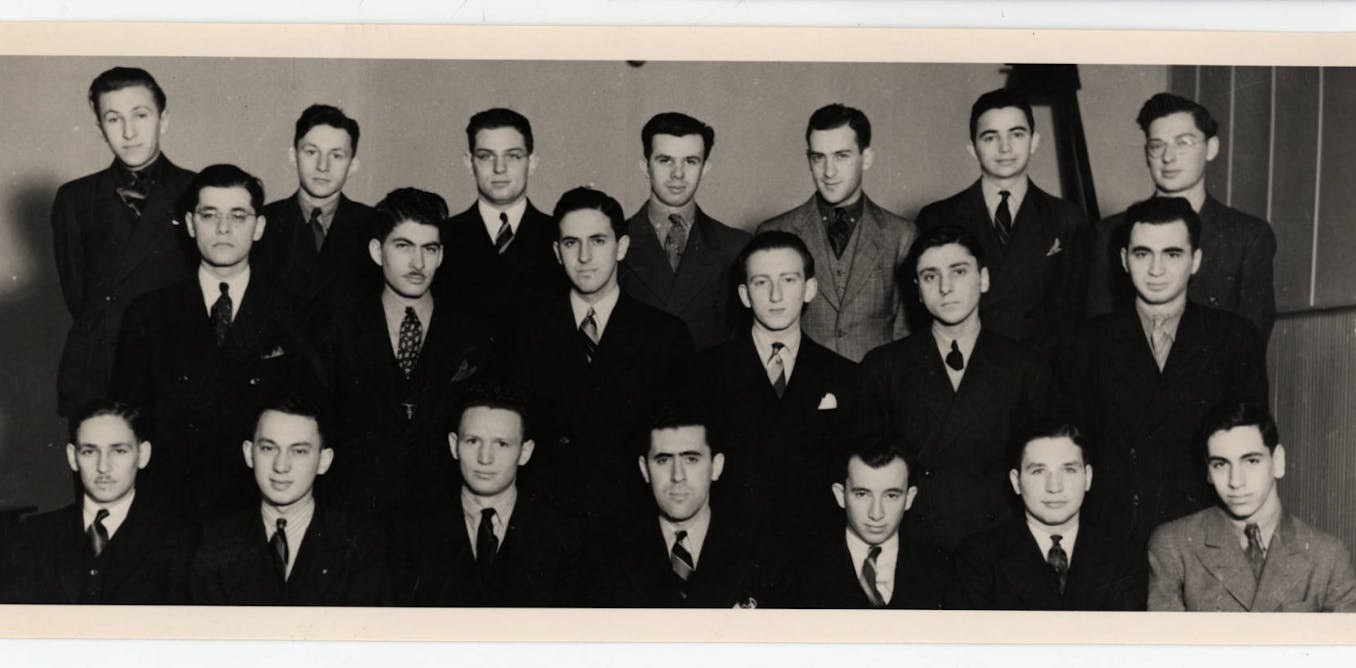Education
Expansion of Asian American studies fueled by racial attacks and activism
For more than 50 years, Asian American studies has been a recognized field at American colleges and universities. But outside of California, students who want to study it as a major or minor are usually out of luck.
However, the tide is beginning to turn.
Duke University created an academic minor in Asian American studies in 2022. Harvard University, long criticized for not offering enough courses in ethnic studies, hired two tenured faculty members in Asian American studies over the past two years.
Vanderbilt University announced its new major and minor in the field in 2023. That same year, Williams College started its concentration, akin to a minor, and Fordham University started its minor.
Amherst College, where I teach, recently created a major in Asian American and Pacific Islander studies, to start in the fall of 2024. Amherst will be the first liberal arts college in the country with its own major in the field.
Southern California’s Claremont Colleges – Claremont McKenna, Harvey Mudd, Pitzer, Pomona and Scripps – have collectively offered a shared major for 25 years. Public high schools across the country have similarly experienced growth in content on Asian Americans.
Decades of lobbying
These programs did not get going overnight. Students on these campuses – and others – campaigned for Asian American studies for years. Across the nation, student activists in the South, the Northeast and the Southwest continue to lobby for more courses and for majors or minors in the field.
But if student activism and faculty interest were all it took to achieve curricular change, Asian American studies and related fields would have been popping up on campuses long ago. At Amherst, students had been pushing for greater attention to Asian American studies for 50 years.
The recent commitment to teaching more courses and hiring permanent faculty – as opposed to visiting faculty – stems, in part, from tragedy. Programs began to grow as attacks on Asian Americans, including the 2021 murders of spa workers in Atlanta, increased during the COVID-19 pandemic. Former President Donald Trump’s repeated reference to COVID-19 as the “Chinese virus” added rhetorical fuel to racial animosity.
Battles against discrimination inspire new programs
Historically, ethnic studies programs have come into existence after protests against public discrimination. The establishment of Black, Native, Latino and Asian American studies in California followed the Civil Rights Movement and protests of the 1960s.
The discriminatory attacks that increased during the pandemic inspired a rise in activism among Asian American students. They wanted to embrace their heritage and see their own histories and experiences represented in course offerings. The attacks also made university administrators recognize that – contrary to their stereotype as problem-free, high achievers – Asian Americans experience a unique kind of discrimination in which they are “forever foreign.” They deserve greater attention in the college curriculum.
As more schools join the roster of colleges offering programs in Asian American studies, the material included within Asian American studies is also expanding. The most common subjects in the Asian American program are cultural studies, literary studies and other interdisciplinary areas in the humanities. The field also has drawn on history and sociology, subjects that similarly question popular views about which racial groups have been in authority and why.
Now, prominent topics within Asian American studies include critical race theory and critiques of the United States as an “empire” and U.S. militarization.
Proponents of Asian American studies may be more likely to hold political views such as support for Palestinians and for affirmative action that share the perspectives found in these topics. Given that Asian American studies started in the 1960s and 1970s because of student activism, political activism has remained central to the field.
The field’s foundation in the humanities and humanistic social Sciences, however, has meant that other disciplines have been left out. This is also changing. In the past two years, for example, the Association for Asian American Studies, the largest professional association in the field, has stressed the need for more attention to the study of Asian America in social Sciences such as political Science, anthropology, economics and psychology. At an April 2024 symposium, the organization connected faculty from psychology, Education, political Science and other disciplines to the field and vice versa. It also provided a mentoring program for these faculty.
The field will likely continue to add to its areas of representation as it expands on campuses. A more comprehensive look at Asian American experiences may lead to a better understanding of the recent conditions that caused the number of programs on college campuses to increase. Understanding the rise of violence against Asian Americans, for instance, requires knowledge of the U.S. wars in Asia and their connection to individual Americans’ social psychology.
More than 50 years ago, Asian American studies were almost unheard of. In another 50 years, perhaps, programs that similarly combine subjects from multiple disciplines may become mainstream.
-

 Education3d ago
Education3d agoColorado schools commit to protecting students ahead of potential mass deportation
-

 Education1w ago
Education1w agoSocioeconomic status explains most of the racial and ethnic achievement gaps in elementary school
-

 Education1w ago
Education1w agoMothers, metaphors and dyslexia: What language reveals about the challenges of a child’s learning disability
-

 Education1w ago
Education1w agoBrain-training games remain unproven, but research shows what sorts of activities do benefit cognitive functioning
-

 Education1w ago
Education1w agoRacism is such a touchy topic that many US educators avoid it – we are college professors who tackled that challenge head on
-

 Education1w ago
Education1w agoHere’s what happens when a school is located near a cannabis dispensary
-

 Education1w ago
Education1w agoHow the Taliban are seeking to reshape Afghanistan’s schools to push their ideology
-

 Education1w ago
Education1w agoState Board of Education keeps pro-charter school bent after Republican wins 8th District race





















